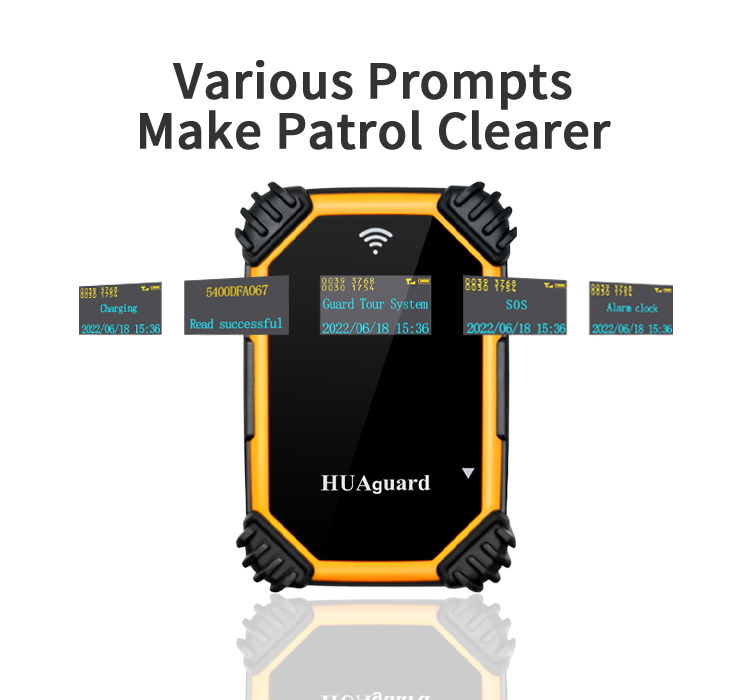

A robust multi-location security patrol system requires several core components working together. First, cloud-based software acts as a central nervous system that enables real-time monitoring of all locations. This should be integrated with the mobile patrol app that officers use to record checkpoints, report incidents, and receive alerts. GPS tracking ensures accountability by verifying officer location and patrol completion. Second, standardized and customizable protocols must be established. While a company headquarters may set baseline security requirements, individual sites need flexibility to address unique risks. For example, a manufacturing plant may require additional perimeter checks compared to an office building. The system should allow for these variations while maintaining consistent reporting formats and escalation procedures.
Modern security patrol systems leverage cutting-edge technology to bridge geographic gaps between sites. IoT sensors can detect unauthorized access or environmental hazards and immediately alert on-site officers and central commands. AI analytics help identify patterns across locations and predict potential security breaches before they occur.
A compelling case study comes from a university system that implemented smart patrol technology across five campuses. By integrating facial recognition technology in high-security areas, automatic license plate readers in parking lots, and real-time video analytics, they reduced crime incidents by 35% in the first year. The system’s mobile interface allows security personnel to access all campus data through a single dashboard, regardless of their physical location.

Consistency is critical when implementing security patrol systems across multiple locations. Start by developing comprehensive SOPs that define patrol frequency, checkpoint requirements, and incident reporting protocols. These procedures should be detailed enough to ensure consistency, yet flexible enough to meet the needs of specific locations. One successful example comes from a healthcare provider with facilities in seven states. They developed a tiered security protocol based on facility size and risk level. While all locations followed core procedures for emergency response and visitor management, larger urban hospitals required more armed patrols than rural clinics. The system automatically adjusts patrol routes and checklists based on each facility’s classification.
Effective implementation requires a comprehensive training program to ensure all personnel understand the security patrol system. Consider a blended learning approach that combines online modules with standardized content with in-person training on site-specific procedures. Regular refresher courses and simulation exercises help maintain readiness. One multinational company achieved significant results by implementing a “train the trainer” program. Security supervisors at each location attended centralized training and then returned to train their respective teams using standardized materials. This approach reduced training costs by 30% while ensuring consistent knowledge transfer. Performance tracking through patrol system software can help identify and close skill gaps across locations.
Continuous improvement is essential to maintaining an effective security patrol system. Leverage the data collected by patrol software to conduct regular audits and performance reviews across all locations. Look for patterns in incident reports, response times, and patrol completion rates to identify areas for improvement. A retail security director shared how they used system analytics to optimize patrol routes across 120 stores. By analyzing historical incident data and traffic patterns, they redesigned patrol schedules to focus on high-risk times and areas. This data-driven approach reduced shrinkage by 18% while reducing required patrol time by 15%.

Implementing an effective security patrol system across multiple locations requires a balance between standardization and flexibility. By leveraging modern technology, establishing clear processes, and investing in staff training, organizations can create a unified security system that meets the unique needs of each location. Ultimately, you’ll get better protection, lower costs, and peace of mind knowing that all locations are properly protected.